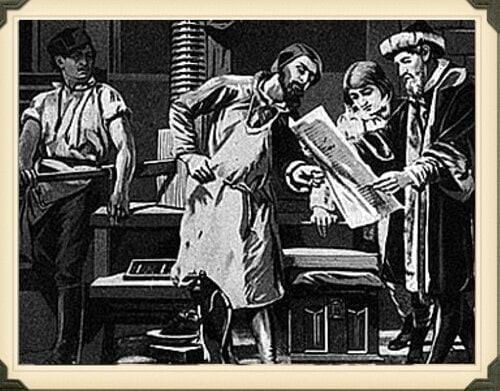|
The Renaissance marked a shift from a medieval worldview dominated by the Church to a humanist perspective that emphasized individualism and the potential for human achievement.  |
Card: 2 / 46 |
|
True or False: Jacob Burckhardt considered politics to be the central concern in history writing. |
Card: 3 / 46 |
|
False. Burckhardt believed that culture was as important as politics in history.  |
Card: 4 / 46 |
|
The printing press made books and printed materials widely available, promoting the rapid spread of humanist ideas and reducing dependence on lecture notes. |
Card: 6 / 46 |
|
Francesco Petrarch is considered the father of Humanism; he advocated for a deep reading of ancient texts and emphasized the importance of classical knowledge. |
Card: 8 / 46 |
|
The 'Dark Ages' referred to a perceived period of cultural stagnation and ignorance following the fall of the Roman Empire, lasting until the revival of classical learning in the Renaissance. |
Card: 10 / 46 |
|
True or False: The Copernican Revolution supported the idea that the Earth was the center of the universe. |
Card: 11 / 46 |
|
False. The Copernican Revolution posited that the Earth and other planets revolve around the Sun. |
Card: 12 / 46 |
|
Humanism led to the establishment of universities that emphasized the study of grammar, rhetoric, poetry, history, and philosophy, focusing on secular subjects rather than religious teachings. |
Card: 14 / 46 |
|
Fill in the blank: The wealthy class in Renaissance Italy began to ___ artists and writers. |
Card: 15 / 46 |
|
Martin Luther initiated the Protestant Reformation by challenging the practices of the Catholic Church, particularly the selling of indulgences, and advocating for direct access to God without priestly mediation. |
Card: 18 / 46 |
|
The Renaissance fostered a new approach to science based on observation and experimentation, leading to significant advancements such as the Copernican theory and Newton's laws of motion. 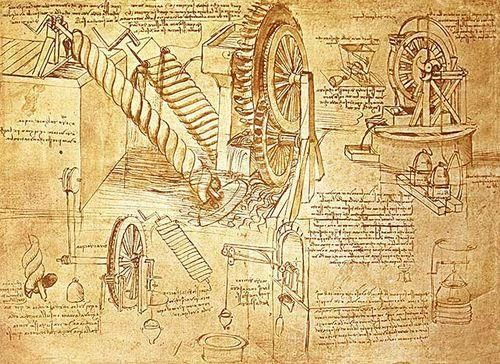 |
Card: 20 / 46 |
|
True or False: Women in Renaissance society had equal rights and opportunities as men. |
Card: 21 / 46 |
|
False. Women's roles were largely confined to the household, and they had limited opportunities for education and public life. |
Card: 22 / 46 |
|
Fill in the blank: The movement to translate and study classical texts in Europe was largely facilitated by ___ translators. |
Card: 23 / 46 |
 Unlock all Flashcards with EduRev Infinity Plan Starting from @ ₹99 only
|
|
Humanism is a cultural and intellectual movement that emphasized human potential and achievements, focusing on secular subjects and the study of classical antiquity. |
Card: 26 / 46 |
|
Johannes Gutenberg invented the printing press, which allowed for the mass production of books, significantly contributing to the spread of knowledge and ideas during the Renaissance. 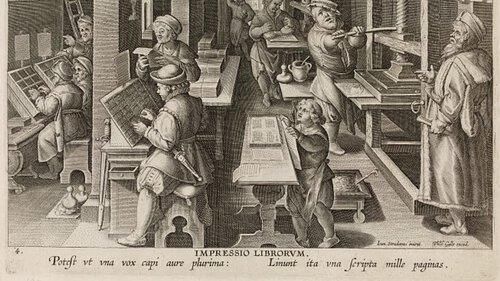 |
Card: 28 / 46 |
|
The University of Padua was significant as a center for legal studies and contributed to the spread of Humanist ideas and education in various secular subjects. |
Card: 30 / 46 |
|
True or False: The Renaissance was solely a European phenomenon with no influence from other cultures. |
Card: 31 / 46 |
|
False. The Renaissance was influenced by cultural exchanges with Asia and the Islamic world, which contributed to advancements in knowledge and trade. 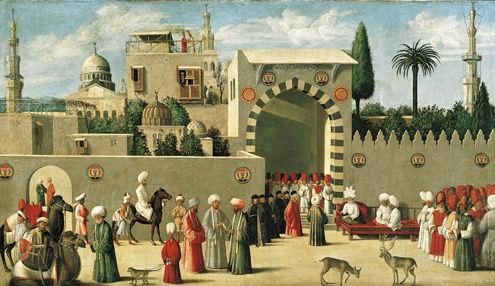 |
Card: 32 / 46 |
|
Fill in the blank: The scientific revolution culminated in the works of ___ who formulated the laws of motion and gravitation. |
Card: 33 / 46 |
|
What role did the Jesuits play in the changes within Christianity during the Renaissance? |
Card: 35 / 46 |
|
The Jesuits, founded by Ignatius Loyola, aimed to reform the Church by focusing on education and outreach, countering Protestant Reformation ideas. 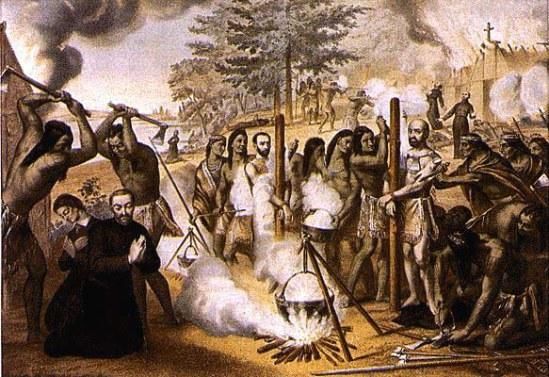 |
Card: 36 / 46 |
|
True or False: The invention of the printing press allowed for the rapid dissemination of humanist ideas across Europe. |
Card: 37 / 46 |
|
The period from the 5th century to the 14th century is referred to as the ___ period. |
Card: 39 / 46 |
|
It led to a decline, but eventually contributed to the revival of Italian culture through increased trade and independent city-states. |
Card: 42 / 46 |
|
Fill in the blank: Francesco Petrarch is known for promoting the study of ___ and ancient authors. |
Card: 43 / 46 |
|
Multiple Choice: Which artist is renowned for the Sistine Chapel ceiling? A) Leonardo da Vinci B) Michelangelo C) Donatello D) Raphael |
Card: 45 / 46 |





